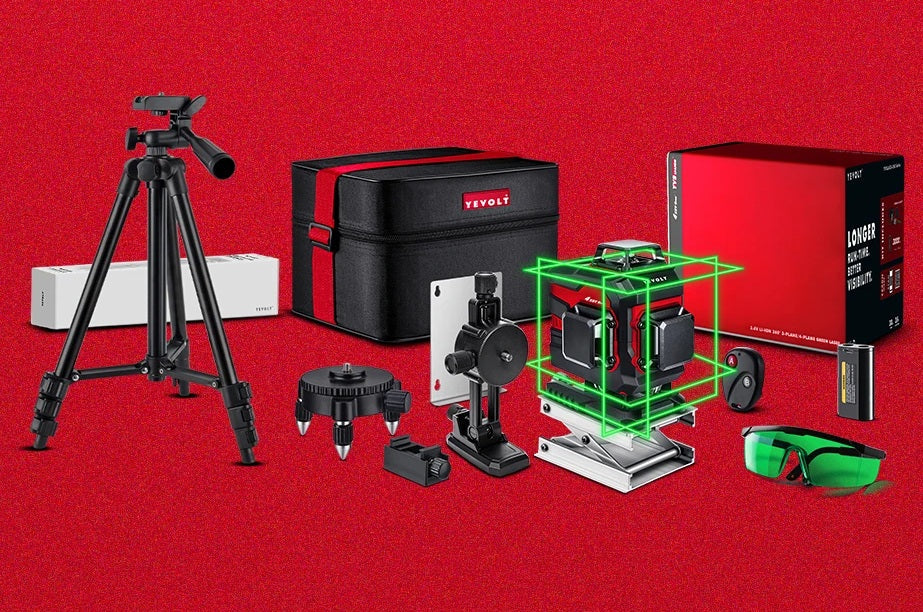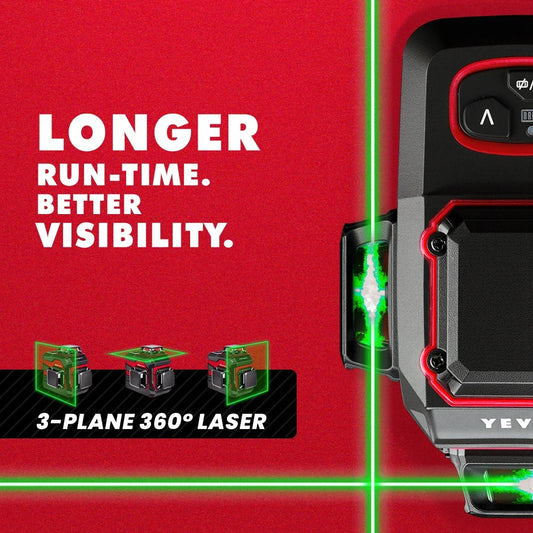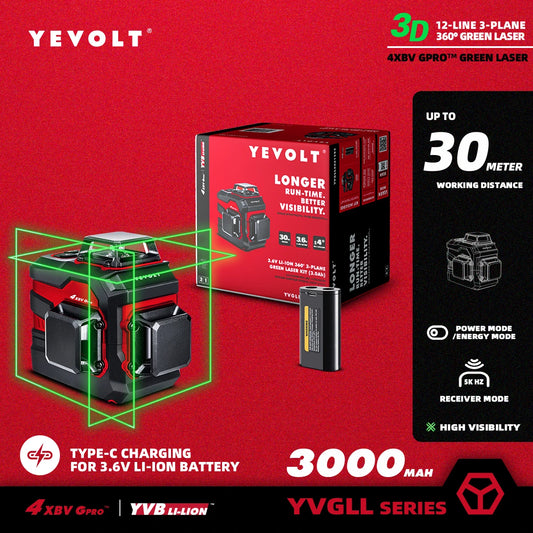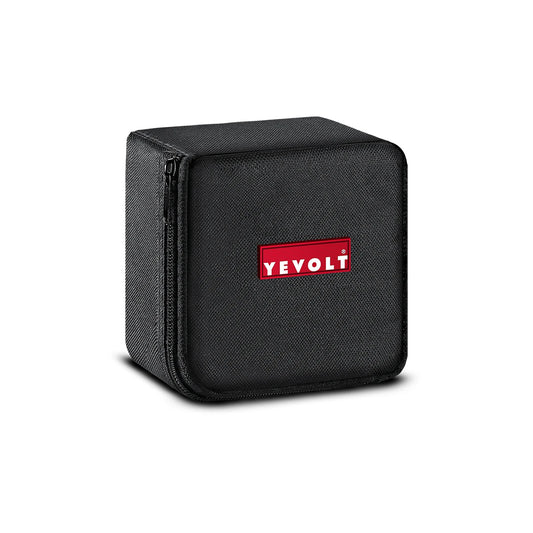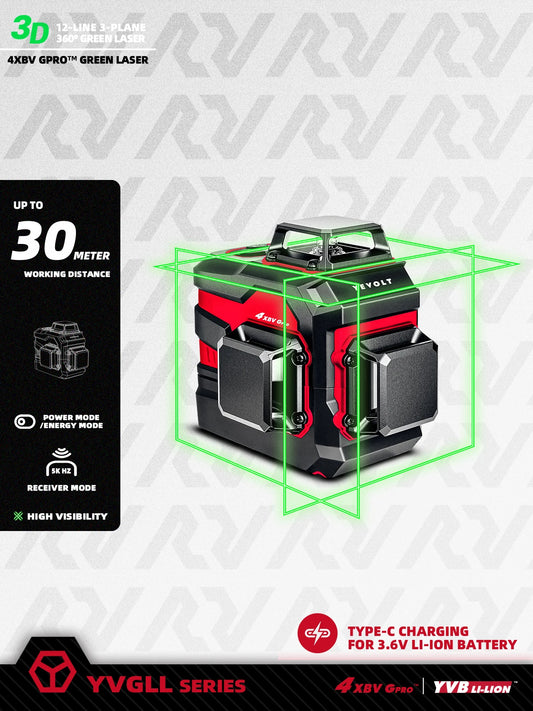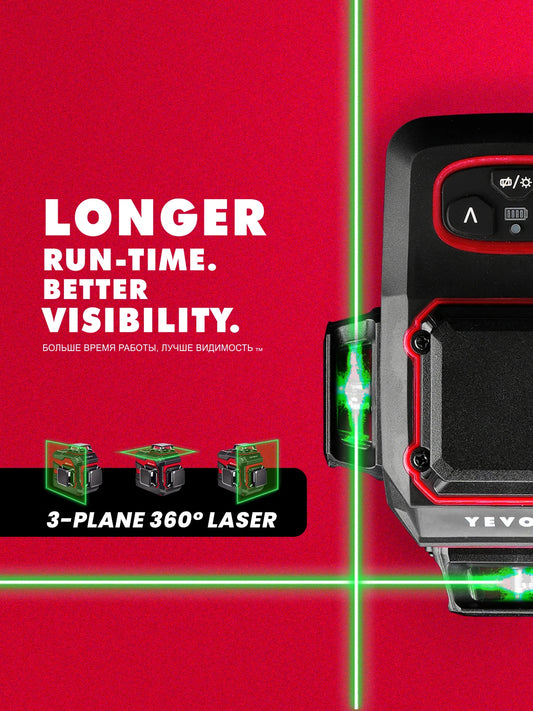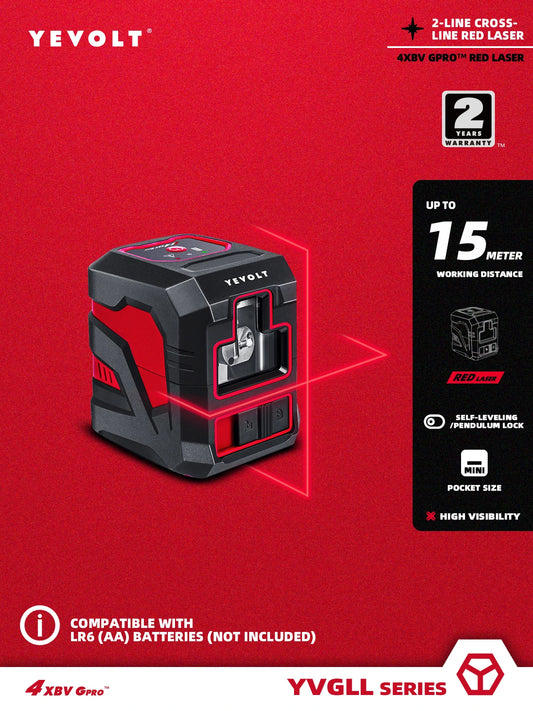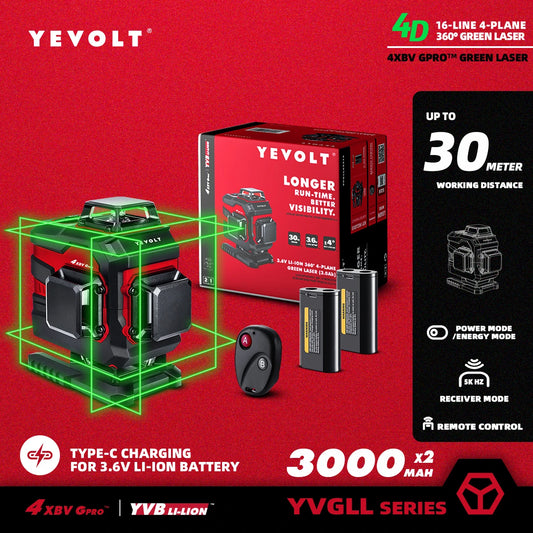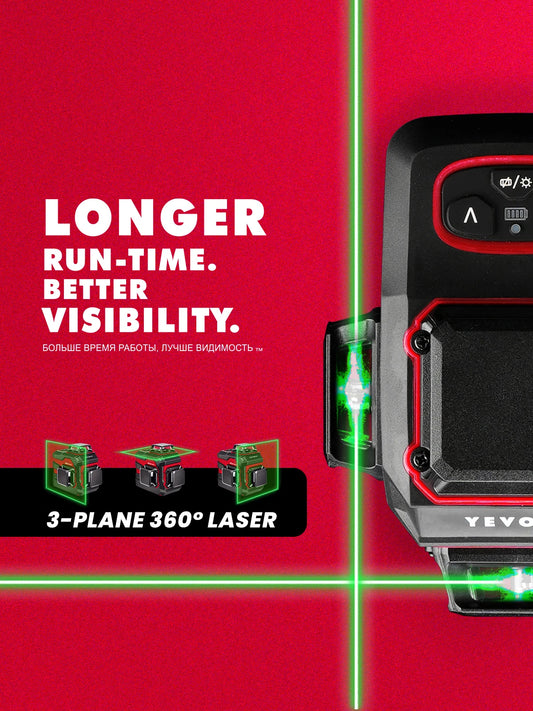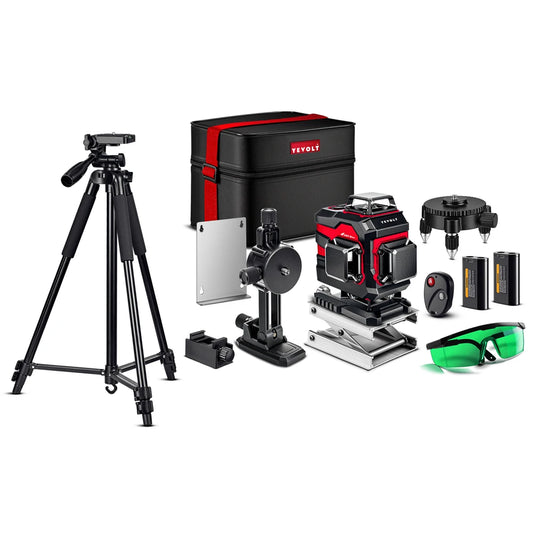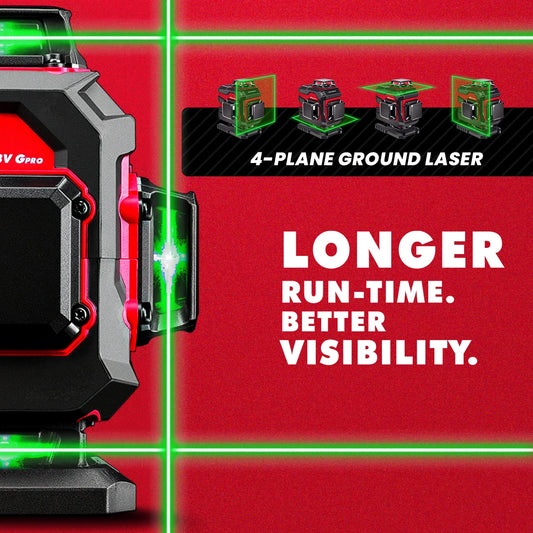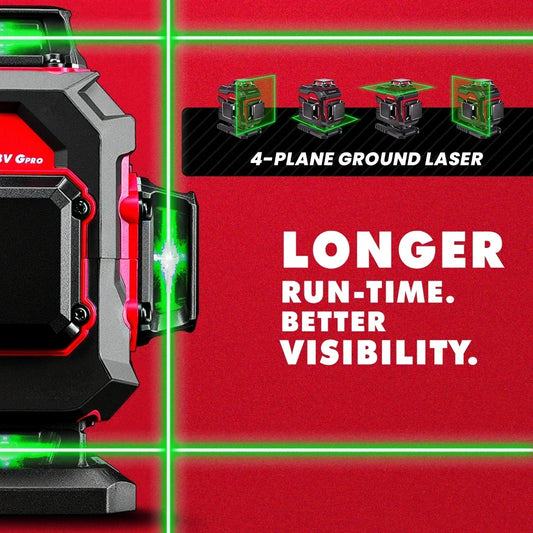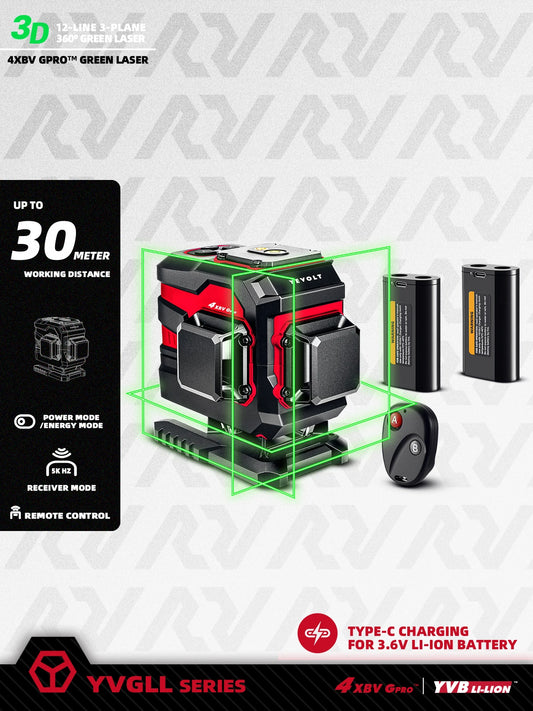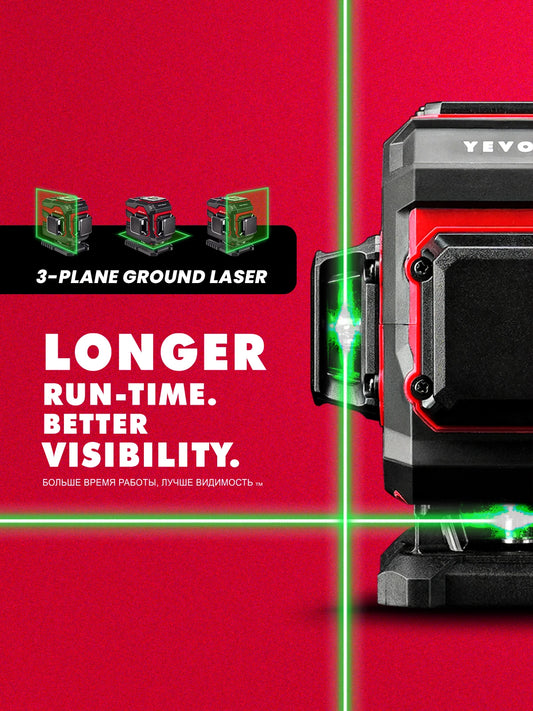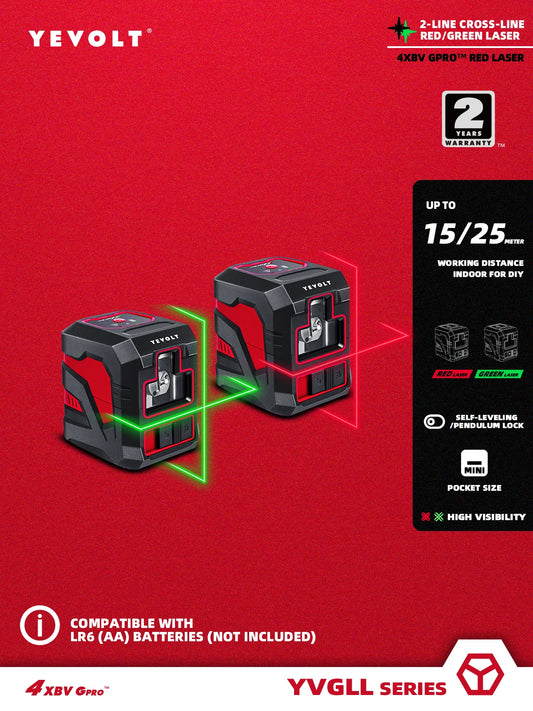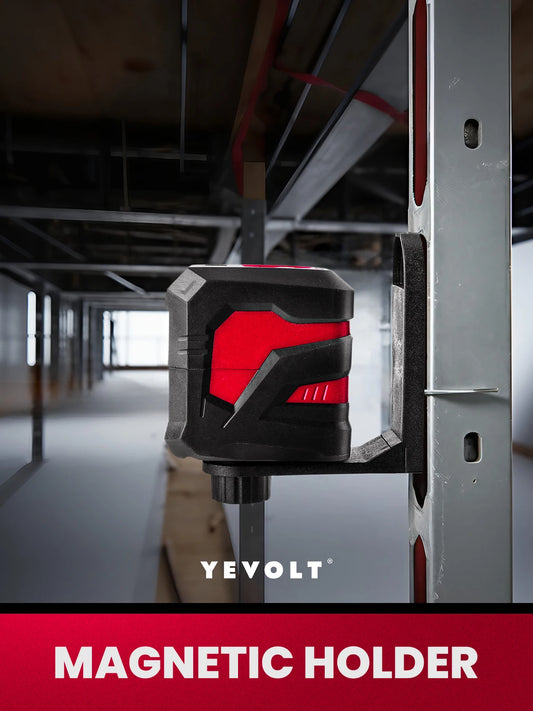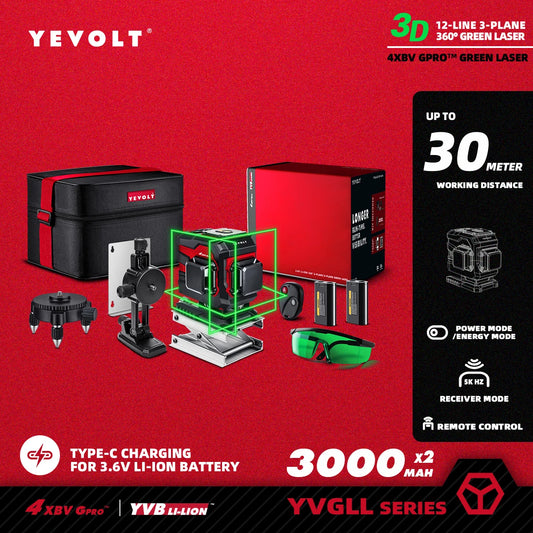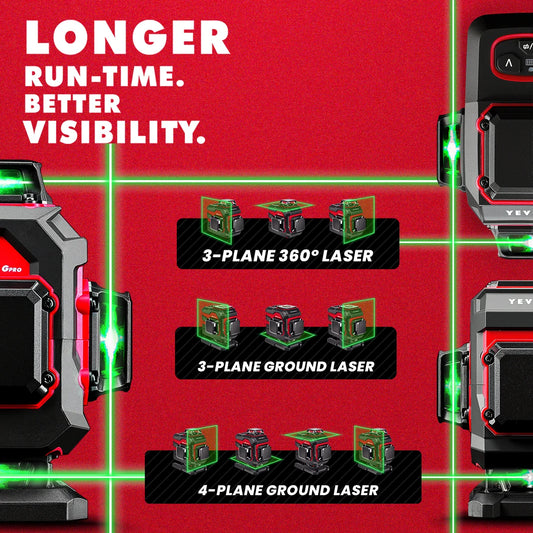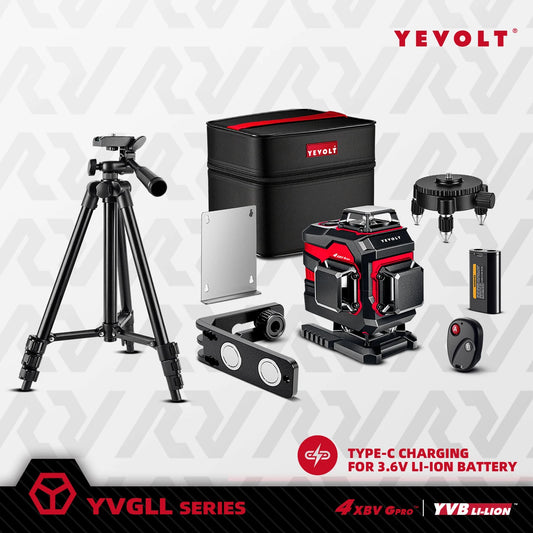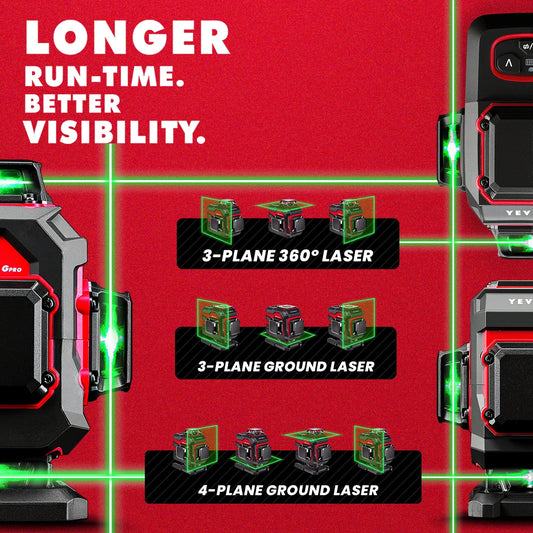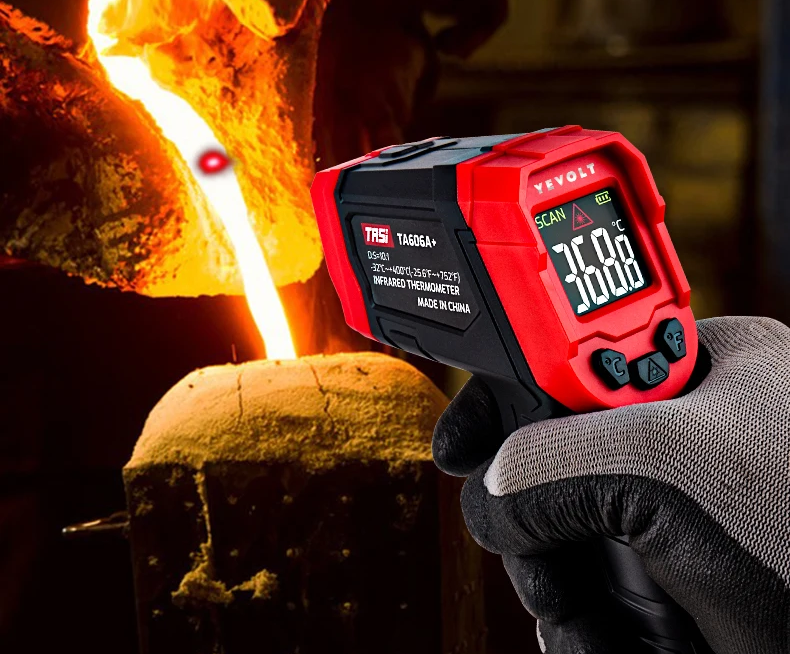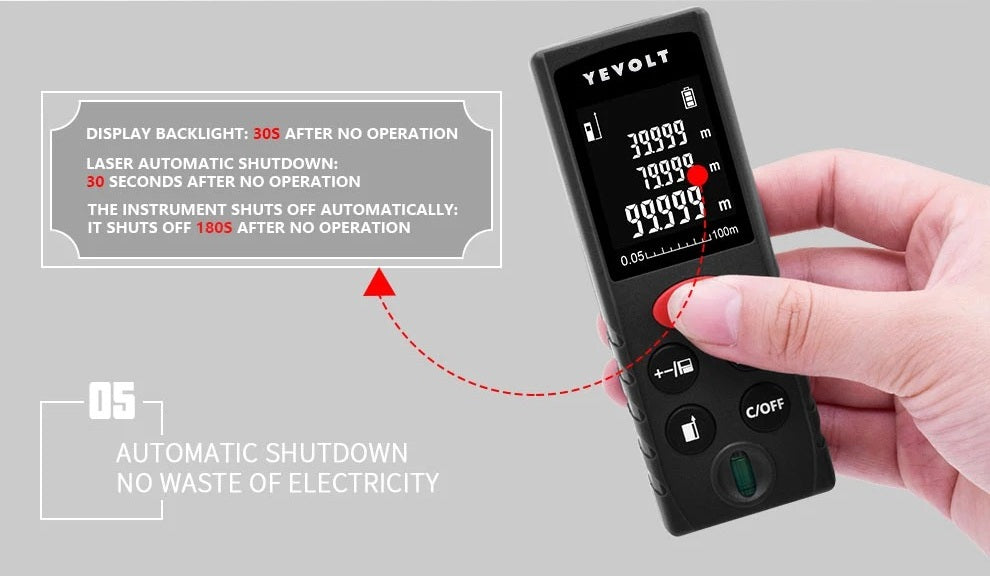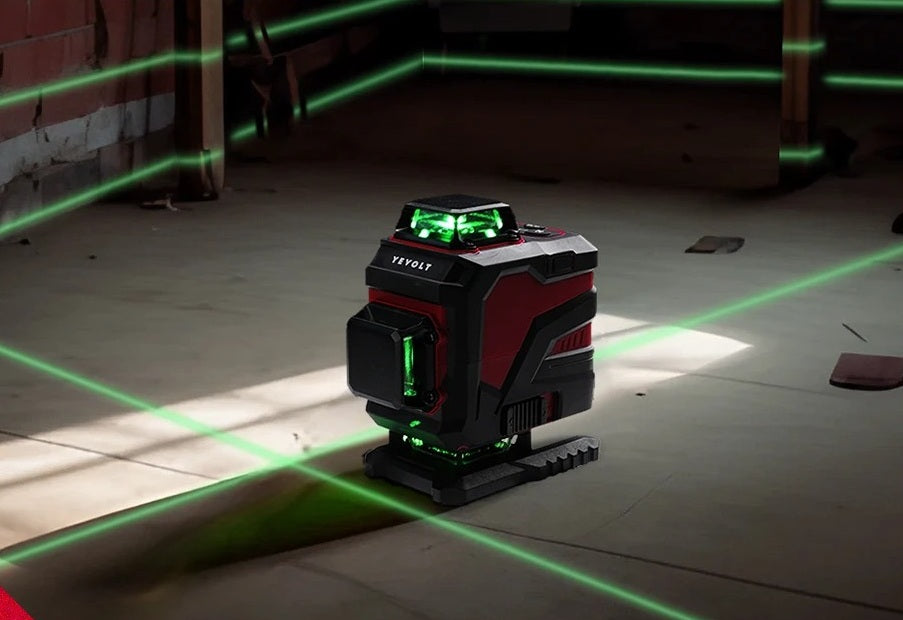Power Tool Calibration 2025

Compartir
When I first started working with power tools, I underestimated how much tool calibration impacts accuracy, efficiency, and safety. Over the years, I’ve learned that maintaining calibrated tools is just as important as owning the right ones. At YEVOLT.NET, we’re passionate about helping professionals and DIYers understand that power tool calibration isn’t optional — it’s a fundamental part of keeping your tools performing like new. In this article, I’ll break down what calibration is, why it matters, and how you can make it a regular part of your maintenance routine.
In short, calibration means checking and adjusting your power tools so they deliver precise and consistent results. Whether it’s your torque wrench, laser level, or digital multimeter, calibration ensures every measurement and movement stays within acceptable tolerances. Think of it as a fine-tuning process — one that guarantees your tools stay aligned with industry standards, improves work quality, extends tool lifespan, and reduces costly downtime. If you’ve ever wondered why your measurements seem slightly off or your results vary, improper calibration is often the culprit. Let’s dive deeper into how power tool calibration works and why it’s a smart investment for anyone who values accuracy and productivity.
Best Power Tools | Shop YEVOLT Best Sellers Now
What Is Power Tool Calibration?
Simply put, power tool calibration is the process of comparing the output of a tool against a known standard. If discrepancies are found, adjustments are made to bring the tool’s performance back into alignment.
For example, a torque wrench that’s supposed to apply 100 Nm of force might, over time, only deliver 95 Nm due to internal wear. During calibration, technicians measure the actual torque output using reference instruments and recalibrate it to meet exact specifications.
Tools That Commonly Require Calibration
-
Torque wrenches
-
Laser levels
-
Pressure gauges
-
Multimeters
-
Thermal imagers
-
Calipers and micrometers
-
Drill presses and saws with precision guides
Regular calibration ensures these tools meet performance standards set by manufacturers or regulatory bodies like ISO, NIST, or ANSI.
2 Line Lasers | Shop Now

Hammer Drill | Rotary Lasers | Laser Distance Meter | Multimeters | Clamp Meter
Why Calibration Matters: Precision, Safety, and Savings
After years in this field, I’ve seen how poor calibration can create chain reactions of problems — inaccurate cuts, stripped fasteners, wasted materials, and even injuries. Here are the main reasons why tool calibration should never be skipped.
1. Precision That Delivers Professional Results
Every power tool operator knows that accuracy is everything. A laser level off by a few millimeters can ruin an entire installation. Calibration ensures that every reading, angle, and torque level is true — guaranteeing consistent, repeatable quality.
2. Safety for You and Your Team
A miscalibrated torque wrench or pressure gauge can cause dangerous over-tightening or equipment failure. Regular calibration minimizes risks, keeping both your team and your workspace safer.
3. Extended Tool Lifespan
When tools are properly calibrated, they operate within optimal limits. That means less strain on internal components, fewer breakdowns, and a longer operational life.
4. Compliance and Quality Assurance
For professionals in manufacturing, construction, or engineering, calibration isn’t optional. Many industries require traceable calibration certificates to ensure compliance with ISO 9001 and other standards.
Cordless Drills | Shop Now
Network Cable Tester | Brake Fluid Tester | Paint Thickness Meter | Stud Finder | Thermocouple Thermometer
How Often Should You Calibrate Power Tools?
The frequency of calibration depends on how often and how intensely your tools are used. A torque wrench used daily in a production environment may need calibration every 3–6 months, while one used occasionally may only need annual verification.
Here’s a general guideline:
| Tool Type | Calibration Frequency |
|---|---|
| Torque tools | Every 6–12 months |
| Laser levels | Every 6 months |
| Multimeters | Annually |
| Precision saws | Annually |
| Measurement tools (calipers, micrometers) | Every 6–12 months |
Pro Tip: Always check your manufacturer’s manual — most reputable brands, including YEVOLT, specify calibration intervals for optimal performance.
Infrared Thermometers | Shop Now

Hygrothermograph | Moisture Meter | Illuminometer | Anemometer | Sound Level Meter
How Power Tool Calibration Works
When you send a tool for calibration (or do it yourself with the right setup), technicians follow a meticulous process:
-
Inspection – Checking for wear, damage, or contamination.
-
Testing – Comparing the tool’s output with reference standards.
-
Adjustment – Tweaking internal mechanisms or software to align readings.
-
Documentation – Issuing a calibration certificate with detailed results.
Professional calibration labs use traceable standards linked to international measurement systems (like NIST), ensuring your results are defensible and accurate.
DIY vs Professional Calibration
While some tools allow for user-level calibration (like digital levels with reset functions), complex instruments require professional attention.
-
DIY calibration can be suitable for tools with built-in digital alignment or when minor offsets occur.
-
Professional calibration is mandatory when exact tolerances are critical or for tools used in regulated industries.
At YEVOLT.NET, we recommend a combination of both: regular self-checks between professional calibration intervals.
Building a Calibration Culture at Your Workshop
Calibration shouldn’t be an afterthought — it should be part of your workshop’s culture. I advise every technician to:
-
Keep a calibration logbook or digital tracker.
-
Label tools with next due dates for calibration.
-
Partner with certified calibration services for reliability.
-
Store tools properly to avoid knocks or moisture damage.
By treating calibration as part of your maintenance routine, you ensure every project reflects professionalism, precision, and pride.
Laser Levels | Shop Now
Final Thoughts
In my experience, power tool calibration is the difference between “good enough” and “flawless.” Whether you’re tightening bolts, aligning beams, or measuring voltage, calibration ensures your tools perform with pinpoint accuracy every single time. At YEVOLT.NET, we believe in empowering makers, builders, and technicians with the tools — and knowledge — they need to succeed.
So next time your results seem slightly off, don’t blame your skills — check your calibration. It might just be the easiest fix that elevates your craftsmanship to the next level.
Voltage Testers | Shop Now
